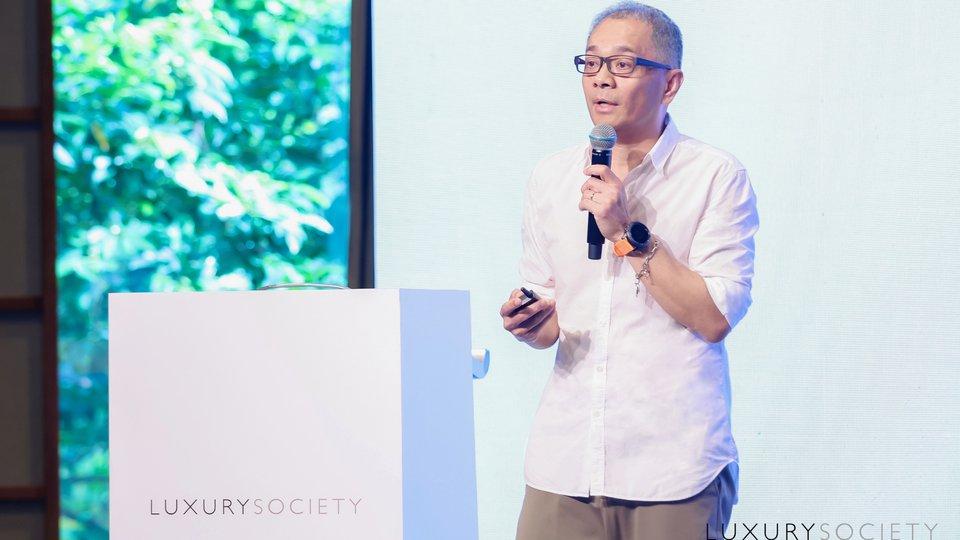When it comes to omni-content marketing, luxury brands need to define the right methodologies and infrastructures to streamline processes between partners.

When it comes to omni-content marketing, luxury brands need to define the right methodologies and infrastructures to streamline processes between partners.
Omnichannel retail is now challenging brands to create synergies at global and local levels across their content planning, production, adaptation and distribution. With the increasing complexity of the Chinese market, brands need to adopt a more sophisticated approach to their content strategies.
While it is understood that content is paramount to reach consumers at different levels of the sales funnel, brand needs to create content with greater impact that generates tangible results. The aim for companies is now to seamlessly integrate sales, marketing and communications, as well as the participation of different stakeholders.
In his presentation, Partner and Managing Director China of DLG (Digital Luxury Group) Pablo Mauron explores these topics, and highlights how brands can maximise content investments that better integrates their ecosystems. He discusses how to create agile digital supply chains, from channel strategy to their asset production, that is responsive to the evolving customer demand and platform diversity.
Watch the video for his full presentation. A PDF version of what he shared is also available for download at the link below.










